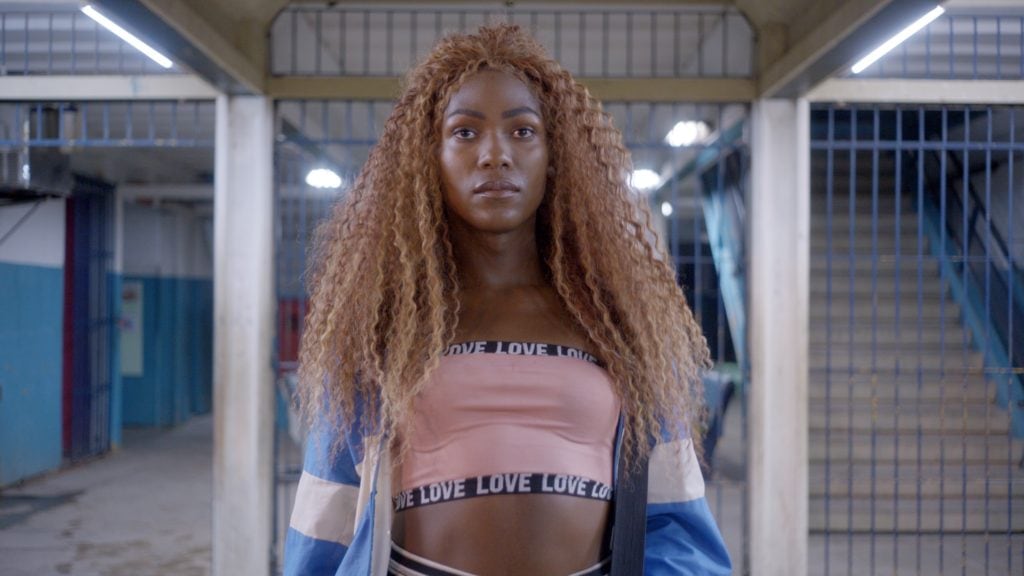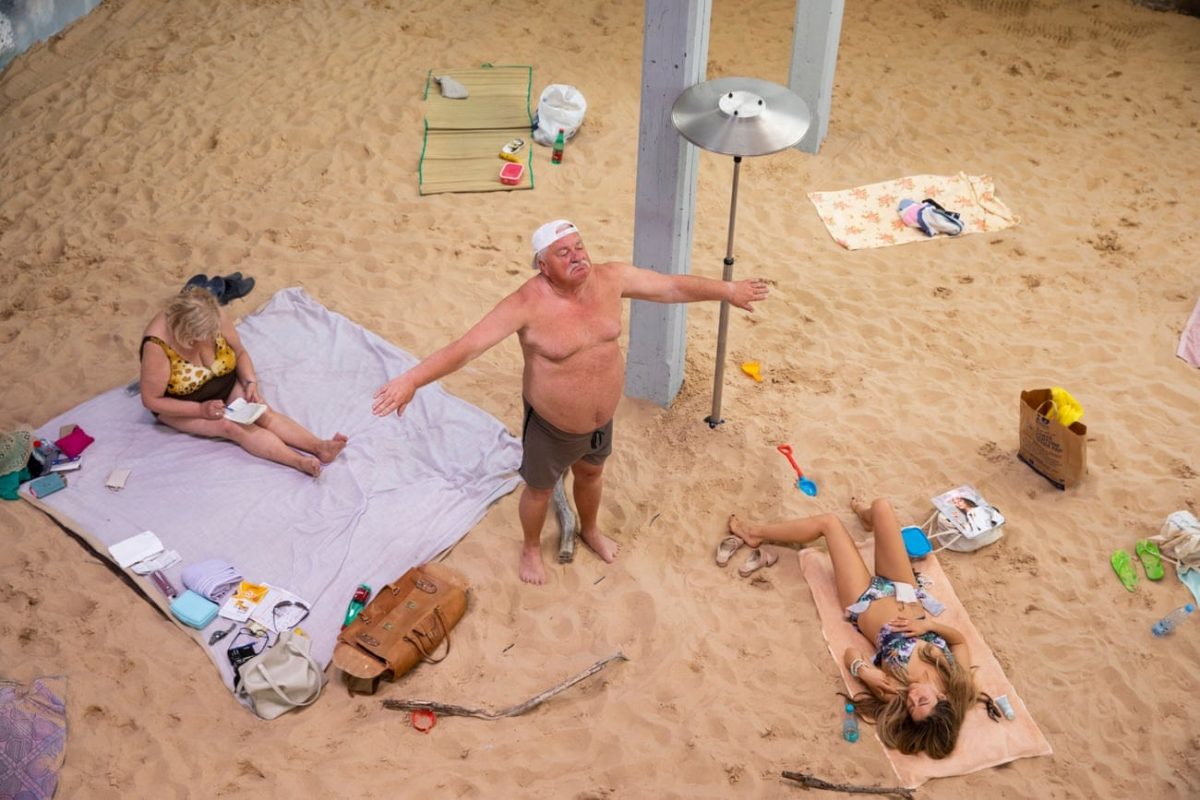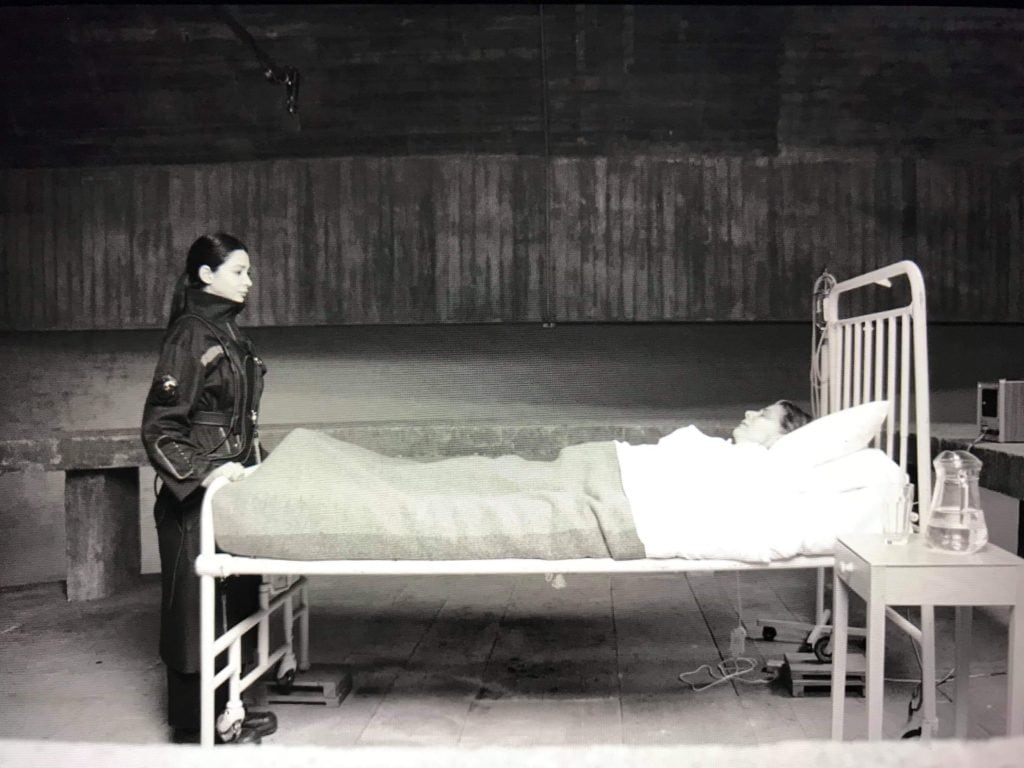Venice Biennale Top Shows
A record high 90 countries participated in what is considered the Olympics of the art world. They compete to win the coveted Golden Lion for the best national pavilion. Countries from around the world descend on the Italian city to show off the best art their country has to offer. However it’s impossible to see all 90, we’ve rounded up a few of the Venice Biennale tops shows. Here are a few of the national pavilions not to miss at the Venice Biennale.
France
Deep See Blue Surrounding You / Vois Ce Bleu Profond Te Fondre Artist: Laure Prouvost
Curator: Martha Kirszenbaum
Location: Giardini

Beneath her dreamlike creation of the French pavilion, Laure Prouvost is digging an illicit tunnel to the nearby British Pavilion. This Venice Benniale top show represents France but the artist feels a strong connection to England. She hasn’t asked permission to dig her tunnel. However, she’s done it anyway with hiding it. The action itself illuminates the transparent nationalist values in an international event like the Biennale. The hour-long lines for the main event of the pavilion is a direct correlation with its effect on the audience. Its characters flip between English and French, steering into nonsensical mistranslations. Consequently throwing into question some of the assumptions embedded within a language.
Brazil
SwinguerraArtists: Bárbara Wagner and Benjamin de Burca
Curator: Gabriel Pérez-Barreiro
Location: Giardini

Artist duo Bárbara Wagner and Benjamin de Burca’s video installation transports the viewer into the world of swingueira. Swingueira is a style of dance popular on the outskirts of Recife. The artists capture the life of the dancers at work, their interactions with each other on the sidelines as they video each other with their cellphones. The video, made in close collaboration with the dancers captures a routine practice session. Captivating us in and out of their individual music video fantasies. However, it’s not all glitter and gyrations. The name of the project, Swinguerra, combines the style of dance and the Portuguese word for war. Referencing the fact that these dancers are also at the focus point of an offscreen sociopolitical debate in Brazil. Similarly to the countries politics, asking the question of whether their bodies have the right to exist.
Lithuania
Sun & Sea (Marina) Artists: Rugilė Barzdžiukaitė, Vaiva Grainytė, and Lina Lapelytė
Curator: Lucia Pietroiusti
Location: Marina Militare, Calle de la Celestia, Castello, 30122

The winner of the Venice Biennale shows, Lithuanian Pavilion seems to placate us at first. An opera about climate change set at the beach? However, it’s delicate touch is one of the most unique works of art about climate change. Consequently making it one of the most affecting. The performers’ sing about the monotony of their vacations and minor grievances. All the while the sandy sunny holiday hides the destruction taking place backstage. The production is breathtaking. And while it does not attempt to be brutish in its portrayal of the problem; the result, presenting a world not so different from our own.
Ghana
Ghana FreedomA rtists: Felicia Abban, John Akomfrah, El Anatsui, Ibrahim Mahama, Selasi Awusi Sosu, and Lynette Yiadom-Boakye
Curator: Nana Oforiatta Ayim
Location: Arsenale

If the Venice Biennale offered a golden lion for outbreak stars, the Ghana Pavilion would win it. Housing the all-star line up in the newly designed space by architect David Adjaye is the shimmering bottle-cap tapestries by sculptor El Anatsui. Also included are new portraits by painter Lynette Yiadom-Boakye and a sweeping video tracing West Africa’s violent history by John Akomfrah. While these artists will be familiar to the international audience, on the other hand, the exhibition offers, an opportunity for discovery. Gripping black-and-white portraits by Felicia Abban highlights a glimpse of an art historical canon in the process of recalibration. While a video installation tracing Ghana’s abandoned glass factories by the little-known Selasi Awusi Sosuan gestures to the depth of contemporary talent coming out of the country.
Denmark
Heirloom Artists: Larissa Sansour
Curator: Nat Muller
Location: Giardini

On the other side of the building, an imposing, monumental black disc stands in a darkened room. While the other half of the Danish pavilion is a theatre. The audience can sit and watch Larissa Sansour’s science fiction film, In Vitro A Monument for Lost Time. The protagonist stands positioned to take the leadership role in her community. The founder escaped the ecological disaster that left the surface uninhabitable. The conversation between the two characters is heartbreaking, complicated by the fight for the survival of the human race. While the lead questions her readiness to lead, she is, resentful that so much of her knowledge is secondhand. Consequently based on the memories of those who remember life before the disaster. But as her predecessor sagely reminds her, “we are all raised on nostalgia, our own experiences blended we others’ we are told.”